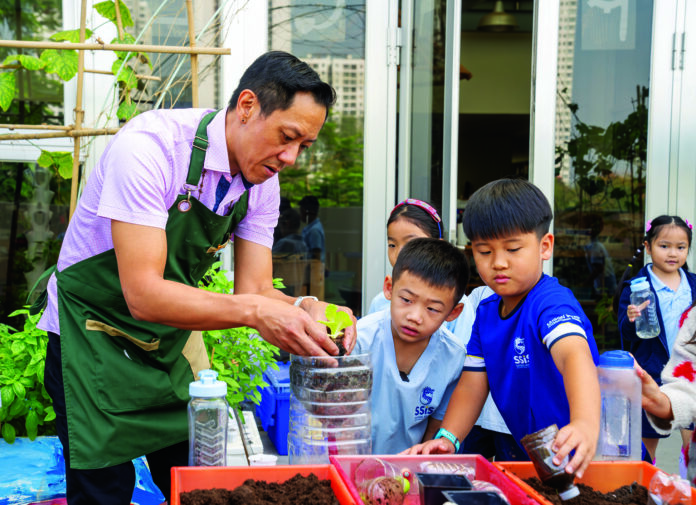Tucked just off Nguyen Duc Canh Street in Phu My Hung, a quiet rooftop garden is playing an important role in how young students experience science. In this outdoor garden space at Saigon South International School (SSIS), elementary students plant, observe, and test ideas – not just to grow herbs or flowers, but to better understand the relationships between living things and the environments they depend on.
“We often think of science as something that happens later – in labs or textbooks,” says Elementary School Principal Melanie Sylvester. “But science starts much earlier. It starts when children get their hands in the soil, ask why something grows, or wonder what would happen if they tried something new. That’s the kind of mindset we’re building at SSIS.”
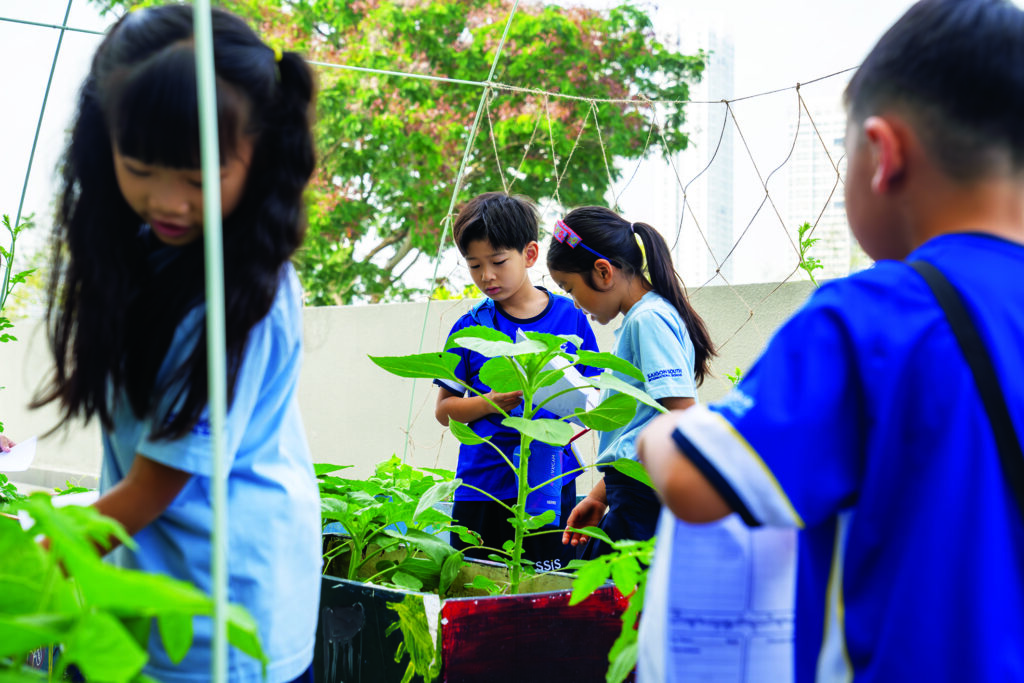
That mindset is at the heart of the Grade 1 integrated unit, Understanding Our Environment. As part of this “Super Unit” – SSIS’s interdisciplinary approach to learning-students explore what organisms need to thrive and how their choices can make an impact. In the garden, they take notes, sketch their plants, and compare changes since their last visit. “Oh, my plant has lots of leaves!” notices Ajin, crouched over a planter. Noticing their plant had outgrown the ruler, another student went to get a meter stick. Through these hands-on experiences, subjects like science, math, language, social studies, and the arts come together in meaningful ways, helping students see how their learning connects.
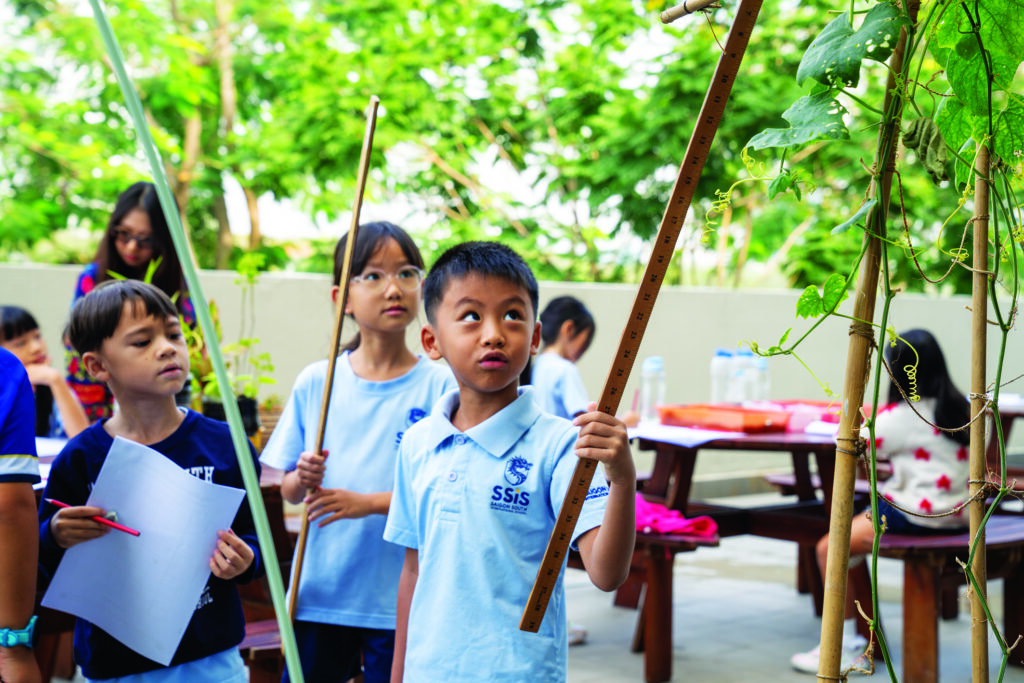
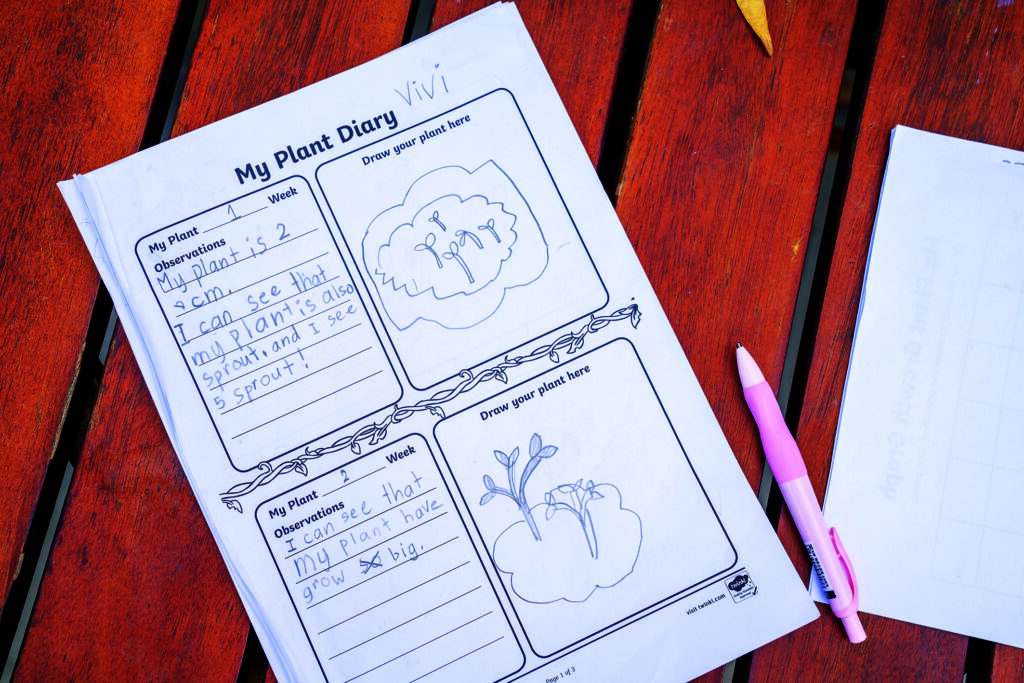
Recently, a few students noticed their seedlings weren’t thriving. Instead of giving up, they worked with Mr. Phú Hua, the Elementary STEAM Coach, to replant the seedlings into the hydroponic system for a better chance of survival. Even when things don’t go as planned, the learning continues. “If the students’ plants are struggling, or seedlings aren’t growing properly, it sparks new questions and solutions and that’s where the learning can go,” says Mr. Phú, who works closely with teachers to integrate science, technology, engineering, arts, and math – the STEAM subjects – across the curriculum.
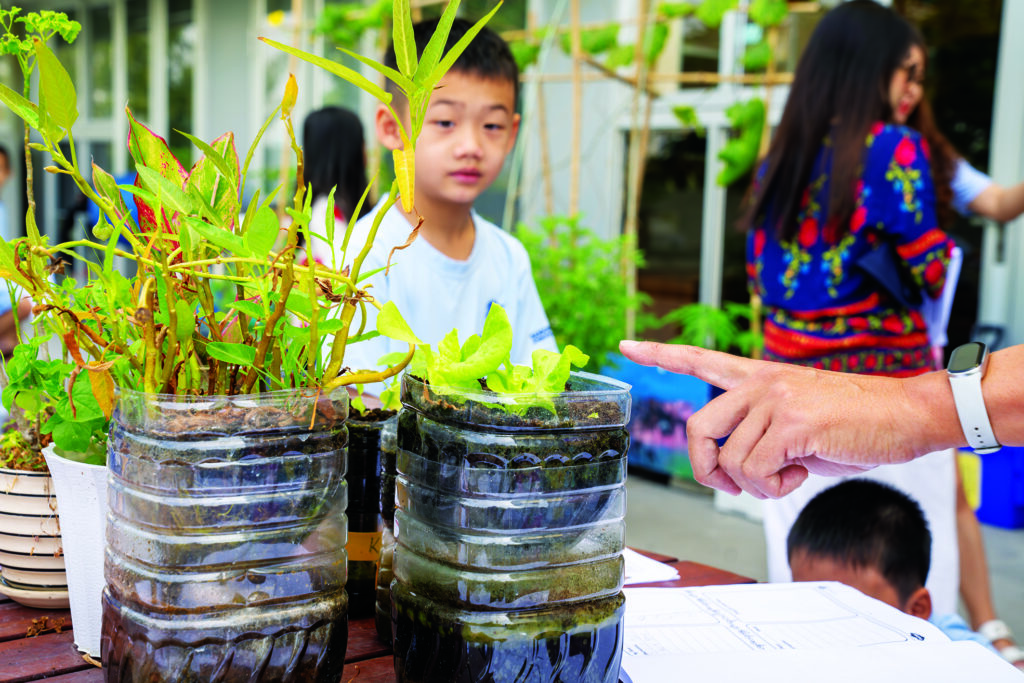
As students record their observations, teachers prompt them to reflect: “What changed since last week? What do you think helped?” These simple moments help students slow down and think like scientists, learning to base conclusions on evidence rather than guesswork.
It’s this kind of integrated, responsive learning that the school is built to support. “Being run as a not-for-profit means that all tuition fees go directly into student learning,” says Head of School Dr. Catriona Moran. “That includes investing in the sciences and the arts, where curiosity and passion can grow over time.”
That commitment is reflected not only in the programs but also in the spaces that support them. This summer, the campus’s former Middle School will reopen as a reimagined Upper Elementary, featuring an entire floor dedicated to STEAM learning – with robotics, a design lab, and an expanded Makerspace. For students who have spent time in the garden, it will offer a natural extension of the curiosity, creativity, and hands-on exploration they’ve already begun.
These moments – whether the scent of basil, the sight of a caterpillar on a leaf, or the quiet thrill of realizing an idea is taking shape – remind us that science in elementary school isn’t confined to a single subject. It’s a way of seeing, wondering, and engaging with the world.
And as in the garden, nurturing those seeds of curiosity means they are likely to grow into something much bigger over time.
Source: SSIS




